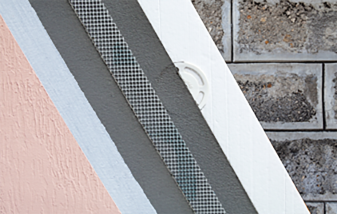
Oct . 31, 2024 21:41 Back to list
Exploring the Role of Latex-Based Bonding Agents in Construction Materials
Understanding Latex Bonding Agents
Latex bonding agents are essential substances widely used in construction, manufacturing, and various crafts due to their excellent adhesive properties and versatility. These agents primarily consist of polymer emulsions, primarily derived from synthetic or natural latex, which are known for their ability to bind materials together effectively.
Composition and Properties
Latex bonding agents typically involve a mixture of water, resin, and other additives designed to enhance their performance. The core ingredient is latex, which is a stable dispersion of polymer particles. The types of latex commonly used include styrene-butadiene, polyvinyl acetate, and acrylics. These polymers provide the bonding agent with flexibility, elasticity, and tensile strength after drying.
One key feature of latex bonding agents is their ability to form strong bonds with various substrates, including wood, concrete, ceramics, textiles, and more. This versatility makes them an ideal choice for different applications, from patching and repairing to general bonding tasks.
Latex bonding agents also exhibit excellent resistance to moisture and temperature fluctuations once cured. This characteristic is crucial in applications subjected to environmental stress, ensuring durability and longevity.
Applications
latex bonding agent

The applications of latex bonding agents are vast, spanning multiple industries. In construction, they are often used as additives in cement mixtures, providing improved adhesion and flexibility in concrete applications. This is especially valuable in situations requiring high-strength bonds and resistance to cracking.
In woodworking, latex bonding agents serve as essential glue for laminating and bonding different wood varieties, ensuring strong and reliable joints
. Their clear drying property makes them aesthetically pleasing, as they do not leave visible residues.Moreover, these agents have found a significant place in arts and crafts. Artists use latex bonding agents in various projects, providing a robust adhesion for collage making, fabric bonding, and even in creating mixed media art. The ease of use and the quick cure time makes them a favorite among artisans.
Environmental Considerations
With a growing focus on sustainability, many manufacturers are developing eco-friendly latex bonding agents. These products are formulated with lower volatile organic compounds (VOCs), reducing their impact on indoor air quality and the environment. This shift is a response to consumer demand for safer, more environmentally friendly alternatives that still provide effective bonding solutions.
Conclusion
In summary, latex bonding agents are vital products that enhance the bonding capabilities across various industries. Their unique composition grants them resilience, flexibility, and versatility, making them suitable for numerous applications in construction, woodworking, and crafts. As the industry continues to evolve, the development of eco-friendly options is paving the way for sustainable practices, ensuring that latex bonding agents remain relevant while also protecting our environment. In both industrial and creative settings, these bonding agents contribute significantly to the quality and durability of projects, solidifying their place as reliable tools in any craftsman’s toolkit.
-
The Widespread Application of Redispersible Powder in Construction and Building Materials
NewsMay.16,2025
-
The Widespread Application of Hpmc in the Detergent Industry
NewsMay.16,2025
-
The Main Applications of Hydroxyethyl Cellulose in Paints and Coatings
NewsMay.16,2025
-
Mortar Bonding Agent: the Key to Enhancing the Adhesion Between New and Old Mortar Layers and Between Mortar and Different Substrates
NewsMay.16,2025
-
HPMC: Application as a thickener and excipient
NewsMay.16,2025
-
Hec Cellulose Cellulose: Multi functional dispersants and high-efficiency thickeners
NewsMay.16,2025







